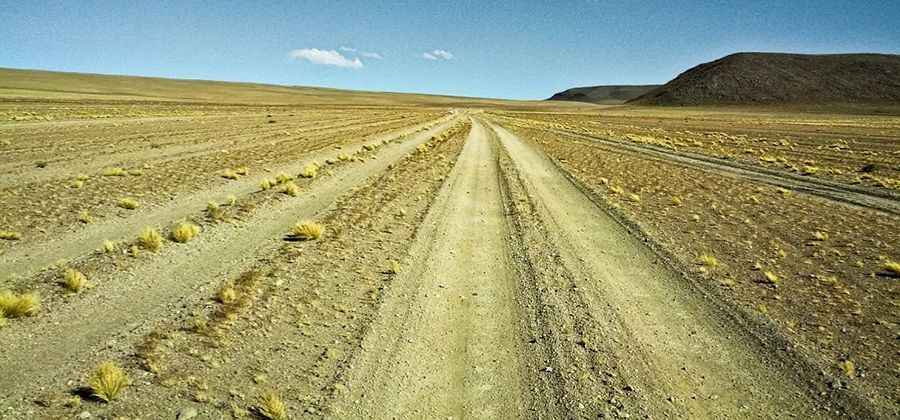How to get by car to Sol de Mañana, a Bolivian geyser?
Sol de Mañana is a geyser and a geothermal area at an elevation of 4,921m (16,145ft) above sea level, located in Sur Lípez Province of Bolivia. The geothermal area is characterized by intense volcanic activity, including fumaroles and geysers.

Where is Sol de Mañana?
The geyser is located in the Potosí Department, in the southwestern part of the country, near the Chilean border, within the Reserva Nacional de Fauna Andina Eduardo Avaroa. The weather in the area is extreme, with temperatures around 0°C to 5°C in summer and between -5°C to -20°C in winter.
What’s Sol de Mañana?
El Sol de Mañana is an area of geothermal activity characterized by intense volcanic activity (including fumaroles and geysers). In the craters located in the region, intensely boiling mud can be observed. Additionally, the fumaroles and geysers emit mixed vapors of water and hot steam that reach heights of 10 to 50 meters, due to the pressure with which they are released. These phenomena create a landscape that seems to take us back to the early days of Earth's formation. The Sol de Mañana area has been explored as a potential site for geothermal energy production, with research that began in the 1970s and, after a pause, resumed in 2010.
How long is the road through Sol de Mañana?
The road through the geothermal area is totally unpaved and defiant, so a 4x4 vehicle is required. It’s about 225km (139 miles) long, running south-north from the Chilean border to Road 701, near Villa Alota.
Is Sol de Mañana worth the drive?
These geysers are truly unique and a once-in-a-lifetime experience. You can walk between the geysers to take a closer look. The whole area looks like a scene from Mars. It's a long drive to get here, but coupled with other interesting sights in the area, it's definitely worth making the journey. Take extra care. There are no boardwalks. You are free to walk wherever you wish around this geothermal field, but be careful! The crust is thin, and one false step can send you into boiling mud! The best time to visit the place is in the morning, as you can watch the geysers boiling and the sun rising at the same time.
Pic: Jarbas Araujo Jr